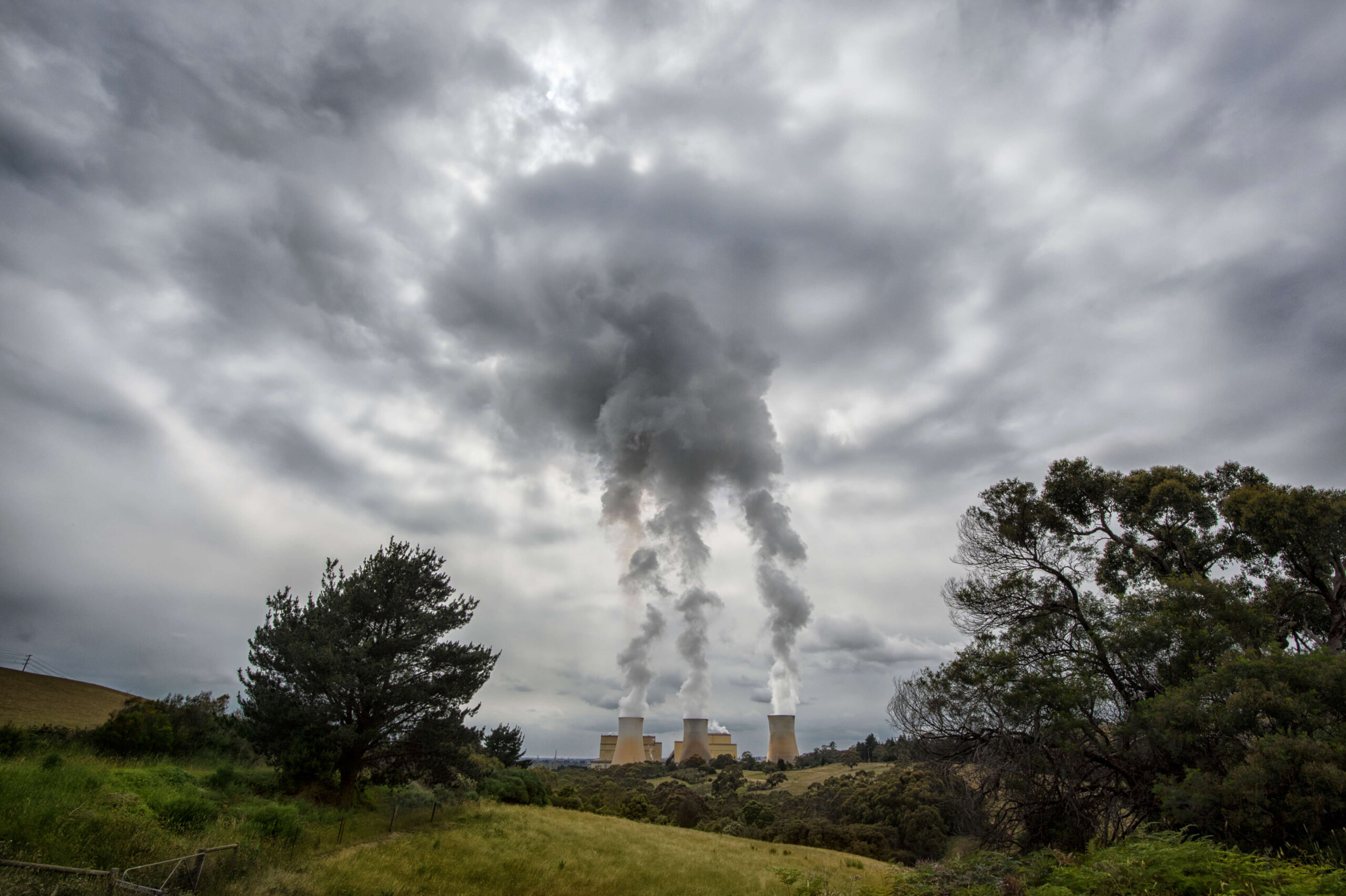6 October 2022
During October 2022 our client, Environment Victoria, went to the Supreme Court against the EPA and three of Australia’s biggest energy companies. This landmark case was the first test of Victoria’s key climate change legislation, the Climate Change Act 2017, and the first to challenge the regulation of air pollution from Victoria’s coal-burning power stations.
We argued, on behalf of Environment Victoria, that the Environment Protection Authority (EPA)’s decisions to vary the licences of the three power stations in the Latrobe Valley were not made lawfully.
If the case is successful, it could lead to much stronger pollution limits on power stations and reduce the toxic health burden that coal-burning power stations have on our communities. It could also set vital legal precedents that have long-lasting impacts.
The decisions
Coal-burning power stations are responsible for around 40 percent of Victoria’s carbon dioxide pollution, causing significant damage to our climate. They are also the biggest single source of the most toxic air pollution to human health, including sulfur dioxide, fine particles (PM2.5) and mercury.
A study in 2020 found that pollution from Victorian coal-burning power stations causes 205 premature deaths, 259 low birthweight babies, and 4,376 asthma cases in children each year.
The three Latrobe Valley power stations are also by far the biggest emitters of mercury in Australia, releasing a combined 900 kg of the most toxic heavy metal every year.
Despite these serious impacts, pollution limits on Victoria’s coal-burning power stations lag way behind most other countries including China, India and the US.
In late 2017, the EPA began a review of the licences of the three power stations in the Latrobe Valley (Loy Yang A, Loy Yang B and Yallourn). This review took more than 1200 days, and involved consultation with community and environment groups.
In March 2021, the EPA decided to vary the licences of the three power stations. They set new varied conditions with no limits on greenhouse gas emissions and only modest new limits or tightened limits on other pollutants like sulfur dioxide, mercury and PM2.5.

The case
On behalf of our client, Environment Victoria, we are challenging the decisions the EPA made in March 2021 to change the licence conditions of three power stations in the Latrobe Valley in relation to air emissions. The case is a judicial review proceeding which asks the Court to review the decision-making process the EPA undertook to see if it complied with the law. Environment Victoria is arguing the law requires the EPA to consider a number of important matters, such as the potential impacts of climate change, in making its decision and that it failed to do so.
There are four Defendants: the EPA and the operators of the three power stations (AGL Loy Yang , Loy Yang B, and EnergyAustralia Yallourn).
Outcome sought
Environment Victoria is asking the Supreme Court to ‘quash’ (cancel) the EPA’s decision and require the EPA to re-make the decisions regarding air emissions limits (including climate emissions) in accordance with the law.
Environment Victoria’s arguments
Our client is arguing that the EPA’s decisions in relation to air emissions fall short of what is legally required. We argue the EPA did not give proper, genuine, and realistic consideration to matters which it was required to.
To assess whether the EPA properly considered certain matters the Court will look to the ‘statement of reasons’, a document prepared by the EPA that sets out its reasons for the decisions.
Broadly, Environment Victoria’s grounds as set out in the amended originating motion include as follows:
- The EPA failed to properly consider principles of environment protection set out in Victoria’s environmental laws (in particular, the principle of intergenerational equity, the precautionary principle, the polluter pays principle, and the principle of integration of economic, social and environmental considerations)
- The EPA failed to properly consider two matters as required under Victoria’s Climate Change Act:
- the potential contribution to greenhouse gas emissions of the decisions
- the potential impacts of climate change which are relevant to the decisions
- The EPA failed to properly consider whether the licence changes were consistent with State Environment Protection Policy that required the power stations to pursue continuous improvement in their environmental management practices and environmental performance and apply best practice to the management of their emissions.
- The EPA failed to properly consider the discussions and recommendations from the statutory (s 20B of the Environment Protection Act 1970) community conference process (the topics of which were informed by the community consultation).
Why this case is important
This is the first case to challenge regulation of air pollution in Victoria. The EPA is Victoria’s environment watchdog. Its job is to regulate polluters and protect the community and environment from pollution. This case will test the scope of the EPA’s obligations in circumstances where the EPA has chosen to review the licences of polluting coal-fired power stations.
This is also the first case to test Victoria’s climate legislation, the Climate Change Act 2017. It will explore the scope of section 17 of the Climate Change Actwhich requires various government decision-makers to consider climate change when making certain prescribed decisions. This includes consideration of the potential contribution to greenhouse gas emissions of the particular decision and also the potential impacts of climate change which are relevant to the particular decision.
Finally, the case provides a potential opportunity for the elaboration of principles of environment protection in the Victorian context including the principle of intergenerational equity, the precautionary principle, the polluter pays principle, and the principle of integration of economic, social and environmental considerations.

